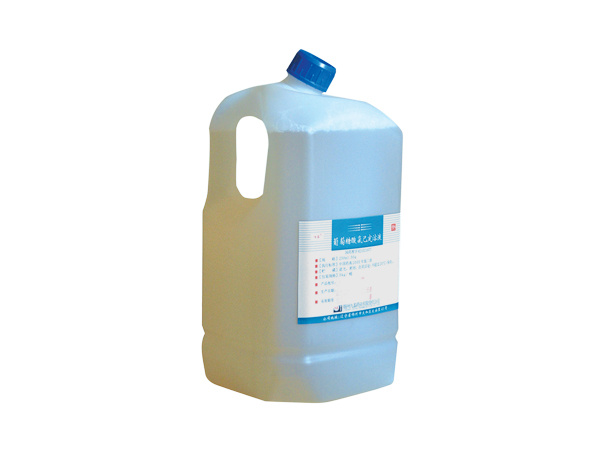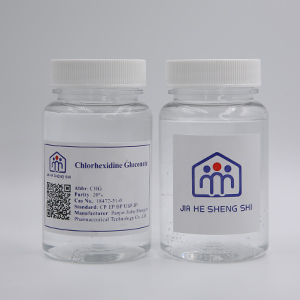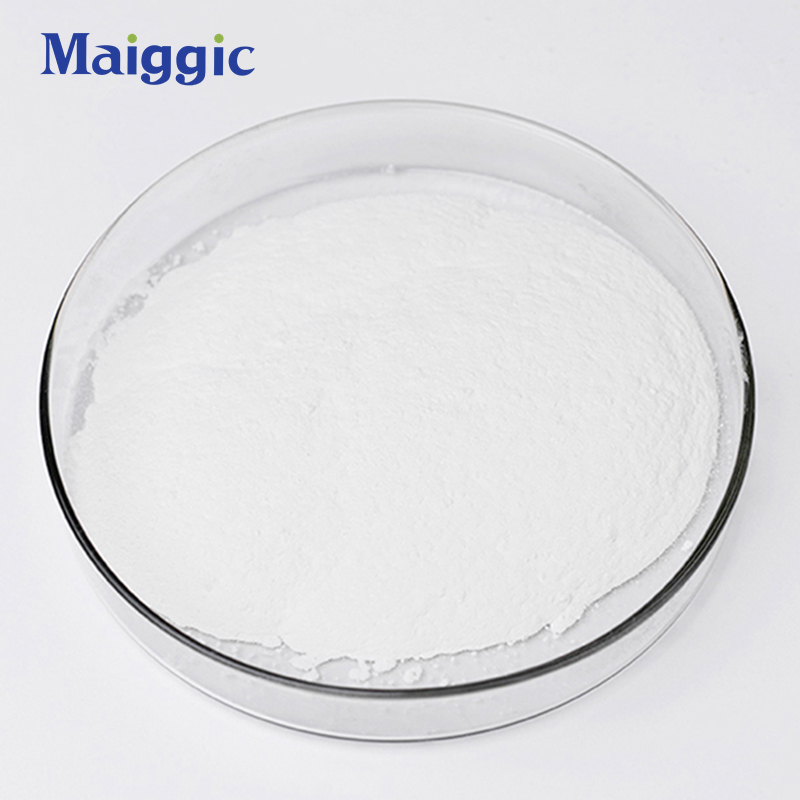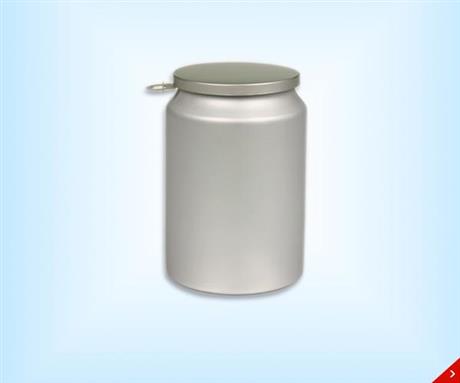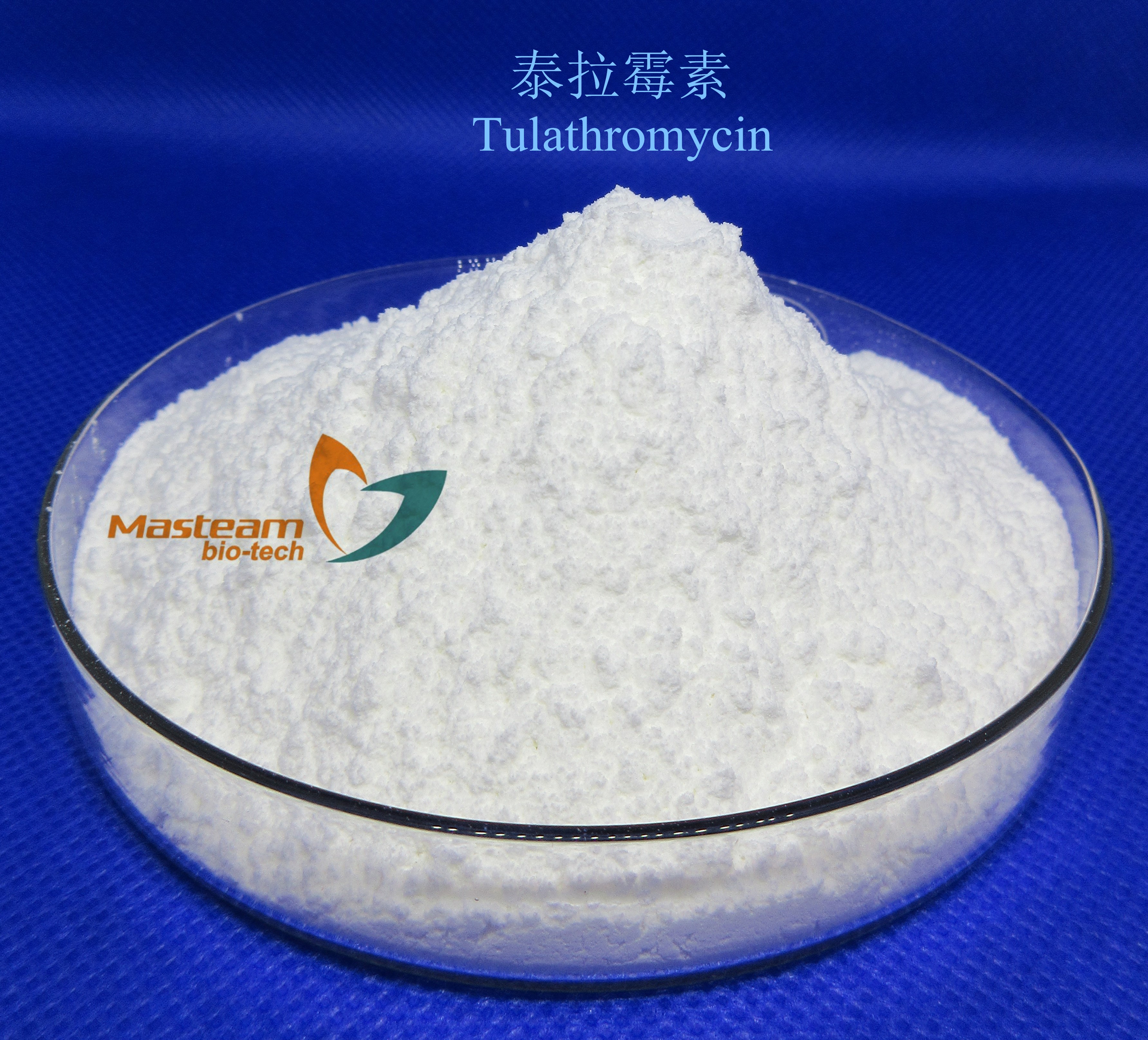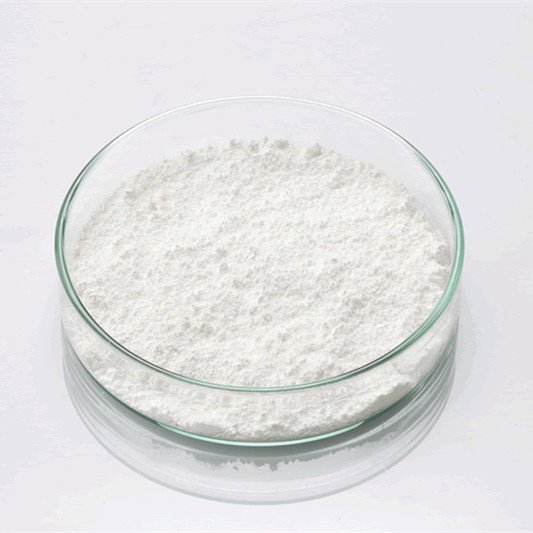Pharmaceutical Raw Materials
Veterinary API
Antiallergic Drugs
Hormones and Endocrine Drugs
Drug Metabolism
Pharmaceutical Intermediates
Synthetic Anti Infective Drugs
Specialty Drugs
Vitamins and Minerals Medicines
Feed Drug Additive
Antineoplastic Agents
Nervous System Drugs
Respiratory Drugs
Diagnostic Agents
Anti Stress Drugs
Antipyretic Analgesics
Antiparasitic Drugs
Circulatory System Drugs
Biochemicals
Blood System Drugs
Immune System Medication
Pharmaceutical Excipients
Fluid, Electrolyte, and Acid-Base Balance
Urinary System Drugs
Antibiotics
Anesthetic Agents
Inhibitors
Other Chemical Drugs
Digestive System Drugs
CAS:18472-51-0
Molecular Formula:C34H54Cl2N10O14
Alias
More Information
1,6-Bis(N5-[P-Chlorophenyl]-N1-Biguanido)Hexane; Corsodyl; CH G; Unisept; Hibidil; Disteryl; Placout; Septeal; 1,1'-Hexamethylenebis(5-[P-Chlorophenyl]Biguanide); Abacil
Brief Introduction
Chlorhexidine gluconate is an antimicrobial irrigant that is used as an antiseptic for the skin in the healthcare industry. It is used in hospitals to prevent infection of patients during surgeries and can also be found in mouthrinses.
Suppliers
View More Vendors (3) >
CAS:2124-57-4
Molecular Formula:C46H64O2
Alias
More Information
Menaquinone-7; Menaquinone K7; Trans-Menaquinone 7; Vitamin MK 7; MK-7; Menaquinone 7; Vitamin K2(35); Vitamin k2
Brief Introduction
Vitamin K2, also known as menadione, is a fat soluble vitamin and one of the indispensable vitamins for human body.
Suppliers
View More Vendors (3) >
CAS:217500-96-4
Molecular Formula:C41H79N3O12
Alias
More Information
Tulathromycin; Draxxin; (2R,3S,4R,5R,8R,10R,11R,12S,13S,14R)-13-[[2,6-Dideoxy-3-C-Methyl-3-O-Methyl-4-C-[(Propylamino)Methyl]-A-L-Ribo-Hexopyranosyl]Oxy]-2-Ethyl-3,4,10-Trihydroxy-3,5,8,10,12,14-Hexamethyl-11-[[3,4,6-Trideoxy-3-(Dimethylamino)-B-D-Xylo-Hexopyranosyl]Oxy]-1-Oxa-6-Azacyclopentadecan-15-One; Unii-897A3Kn7Ap; 897A3Kn7Ap
Brief Introduction
Toracin A is a white or almost white crystalline powder, which is mainly used for respiratory diseases of pigs and cattle caused by Actinobacillus, mycoplasma, pasteurella and Haemophilus parahaemophilus.
Suppliers
View More Vendors (3) >
CAS:220119-17-5
Molecular Formula:C43H63NO11
Alias
More Information
Serotonin; Hypnocarpic Acid; Avermectin A1A,25-Cyclohexyl-4'-O-De(2,6-Dideoxy-3-O-Methyl-A-L-Arabino-Hexopyranosyl)-5-Demethoxy-25-De(1-Methylpropyl)-22,23-Dihydro-5-(Hydroxyimino)-,(5Z)-; (5Z)-25-Cyclohexyl-4'-O-De(2,6-Dideoxy-3-O-Methyl-Alpha-L-Arabino-Hexopyranosyl)-5-Demethoxy-25-De(1-Methylpropyl)-22,23-Dihydro-5-(Hydroxyimino)-Avermectin A1A; Revolution (Antibiotic); Stronghold; Selamectin Crs
Brief Introduction
Selamectin is a kind of insecticide in vivo and in vitro mainly for adult fleas, filariasis and scabies of pet dogs and cats. The mechanism of action of celamycin is the same as that of other avermectins γ- Aminobutyric acid (GABA) agonists induce the release of presynaptic GABA, and then increase the permeability of membrane to Cl ¯. On the other hand, the drug can open the chloride channel controlled by glutamate, increase the permeability of Cl ¯, and lead to membrane potential hyperpolarization, thus blocking the transmission of nerve signal, causing rapid, lethal and non spastic neuromuscular paralysis and death.
Suppliers
View More Vendors (3) >
CAS:220127-57-1
Molecular Formula:C30H35N7O4S
Alias
More Information
4-[(4-Methyl-1-Piperazinyl)Methyl]-N-[4-Methyl-3-[[4-(3-Pyridinyl)-2-Pyrimidinyl]Amino]Phenyl]-Benzamide Monomethanesulfonate; 4-[(4-Methylpiperazin-1-Yl)Methyl]-N-[4-Methyl-3-[(4-Pyridin-3-Ylpyrimidin-2-Yl)Amino]Phenyl]Benzamide Methanesulfonate
Brief Introduction
This product is an anti-tumor drug.
Suppliers
View More Vendors (3) >
Inquiry (
10
/ 10
)
Clear All
Sign In
Error!

